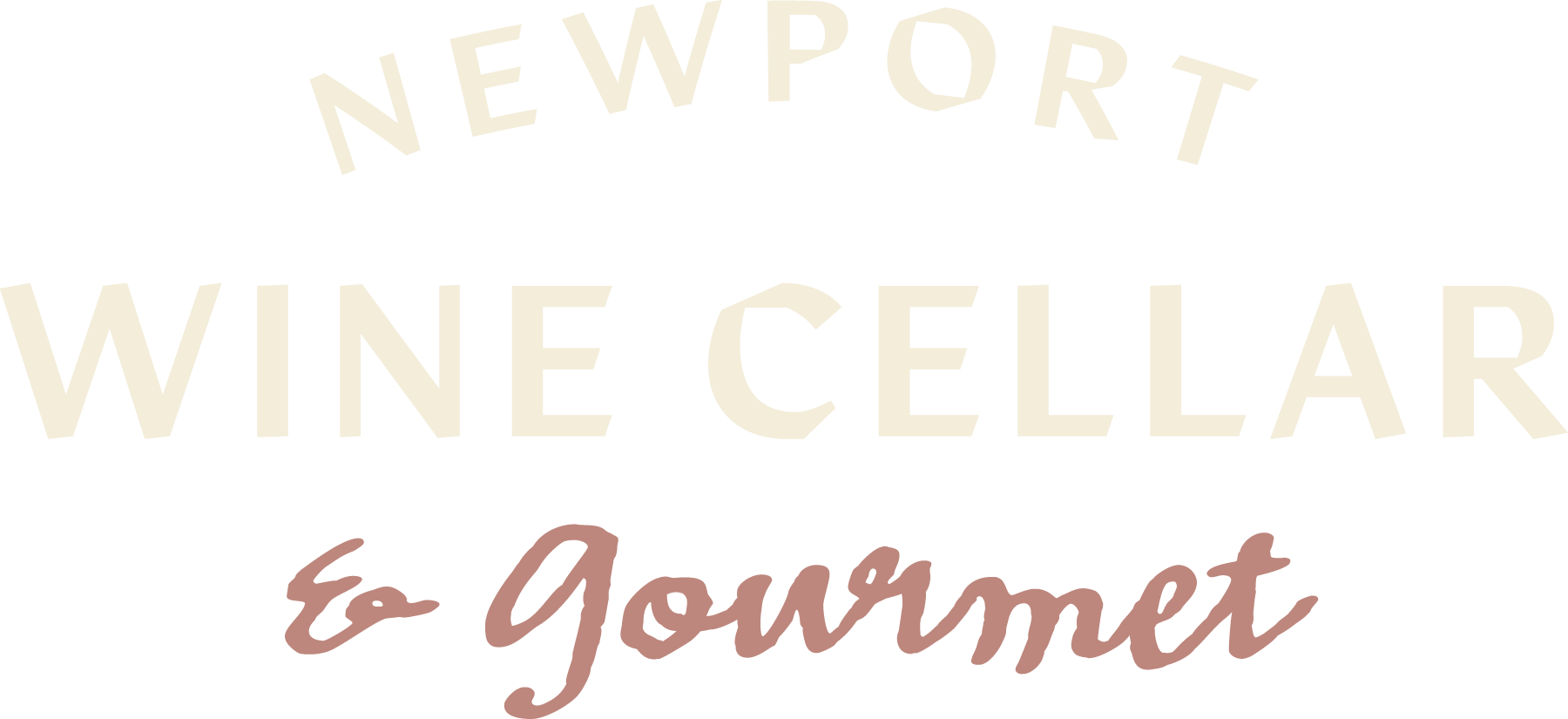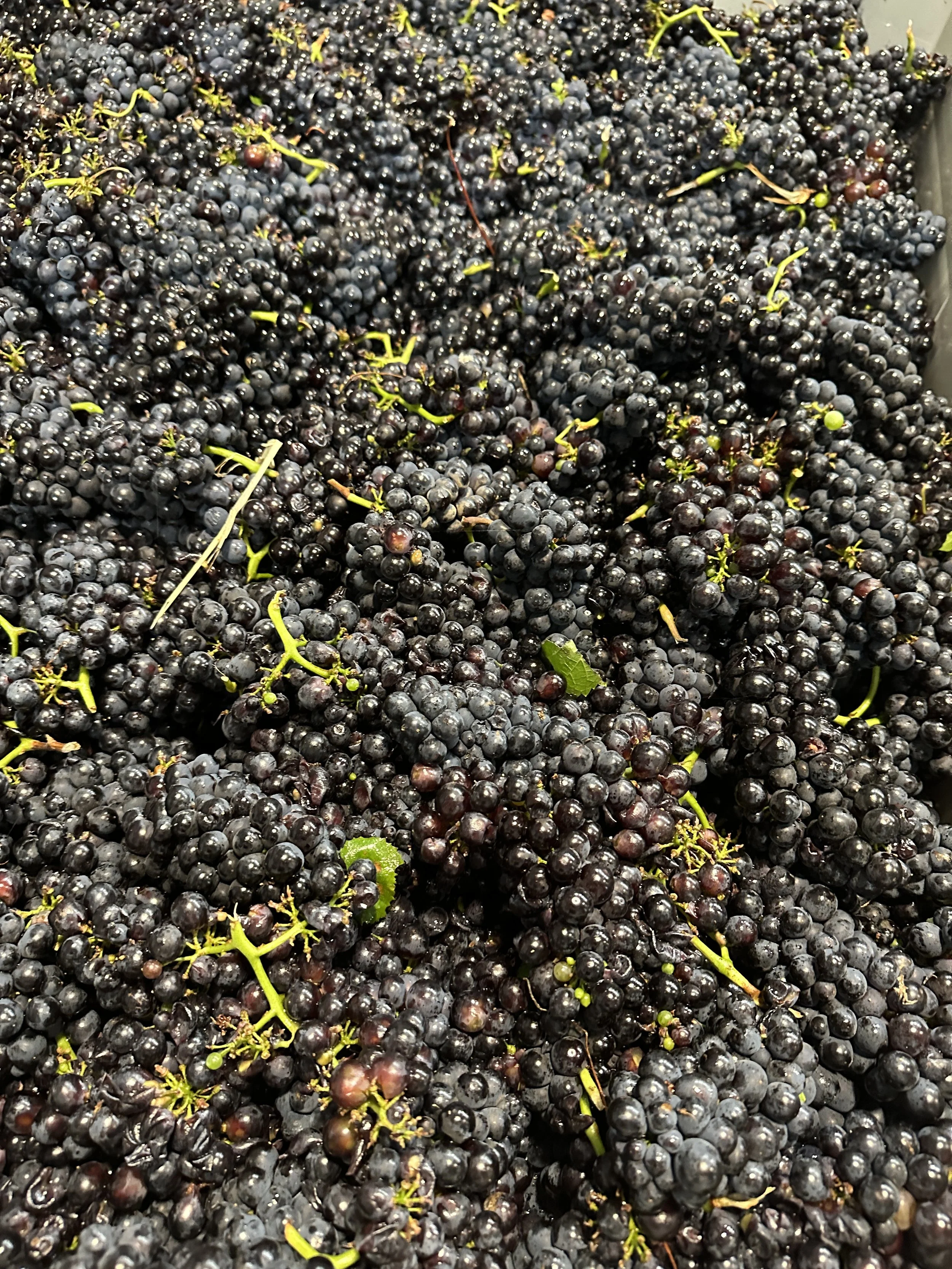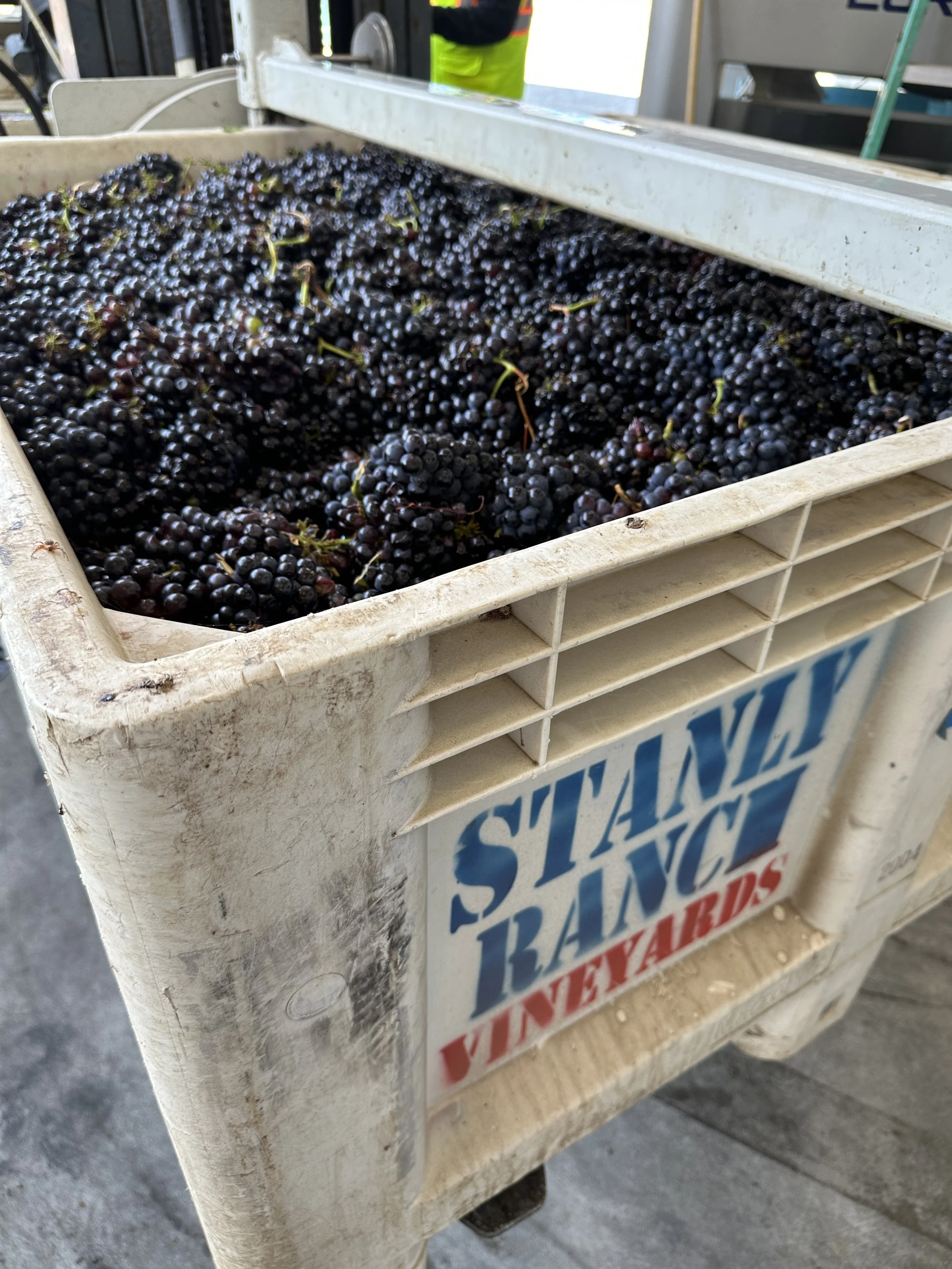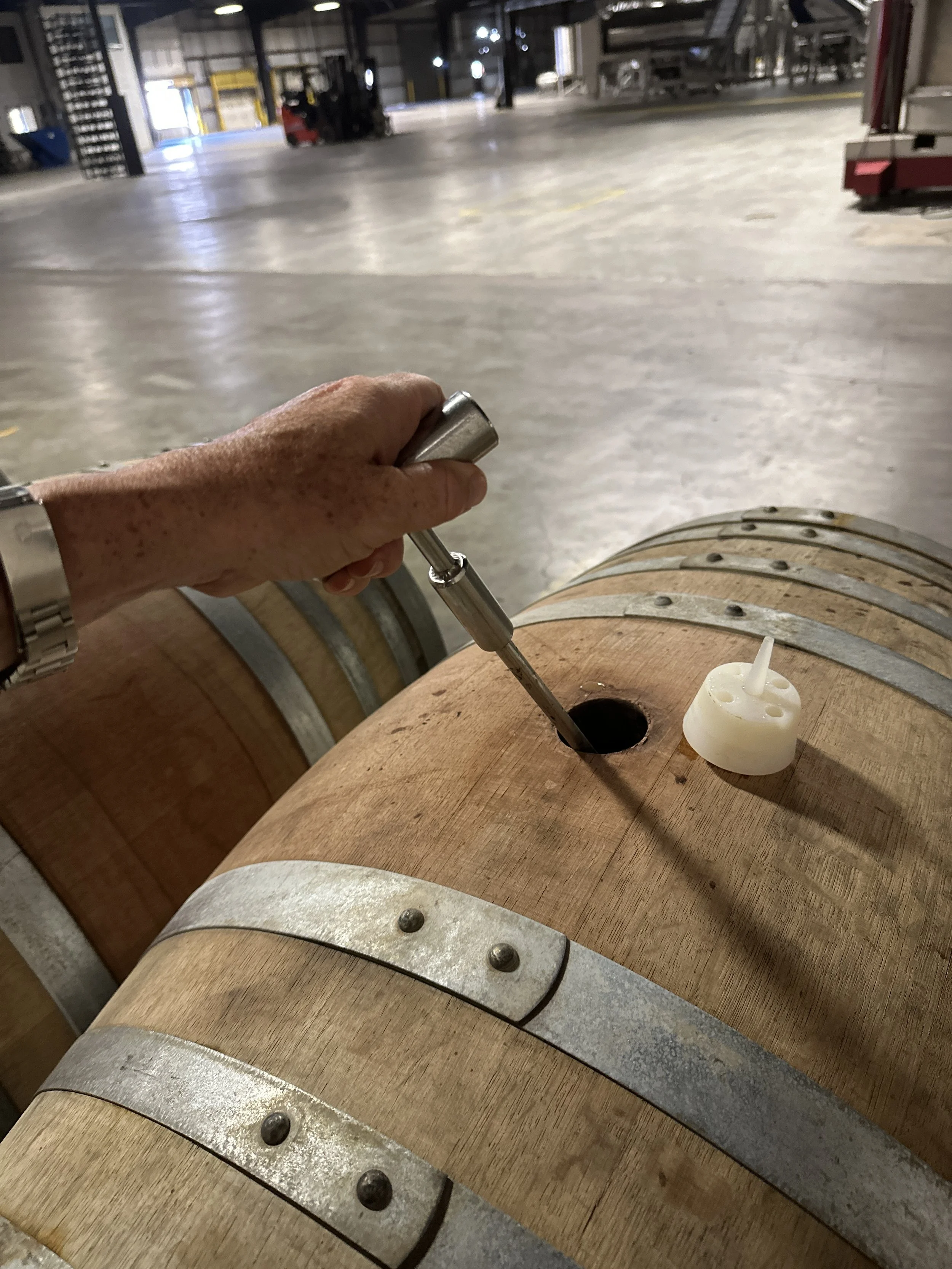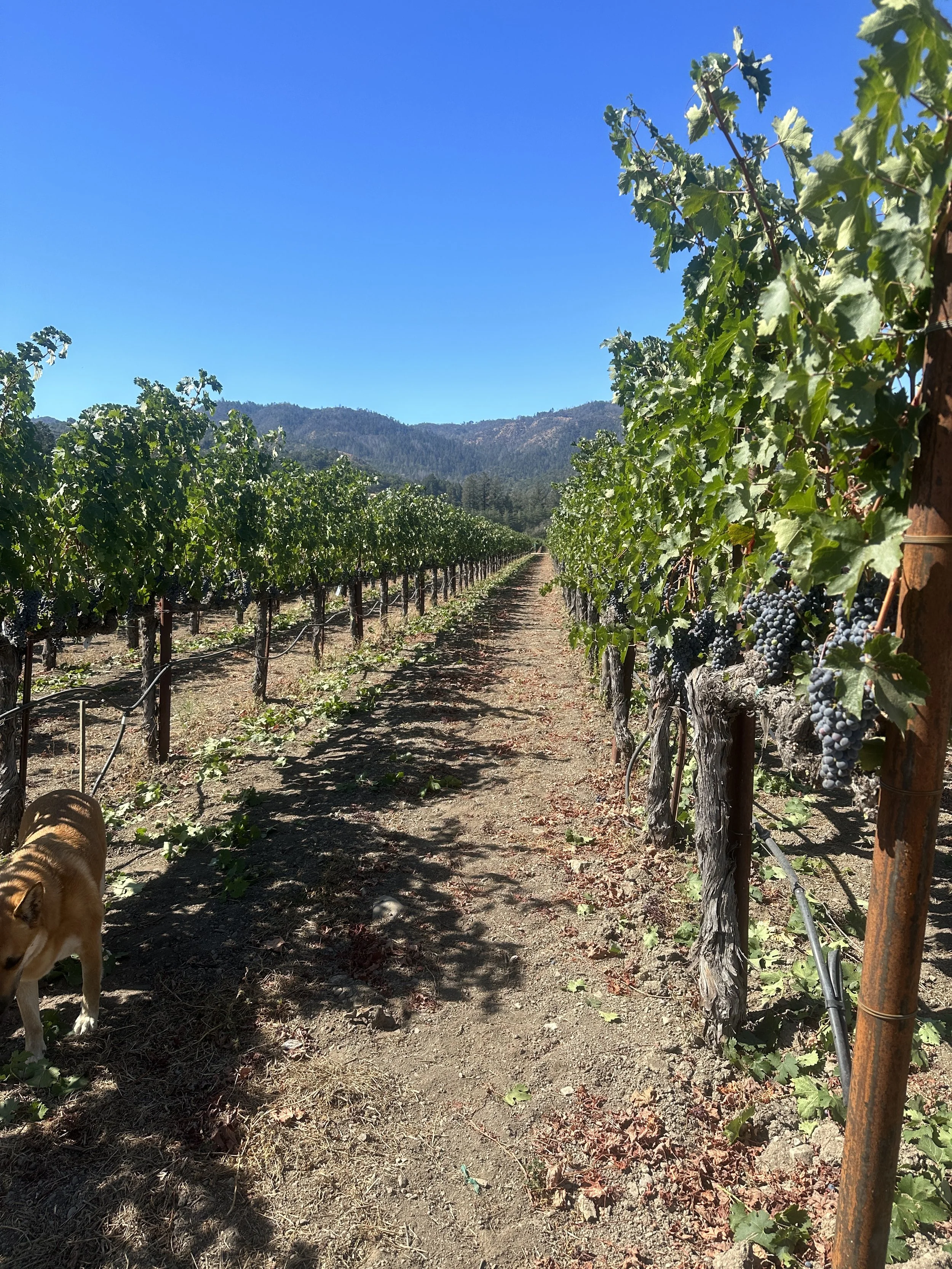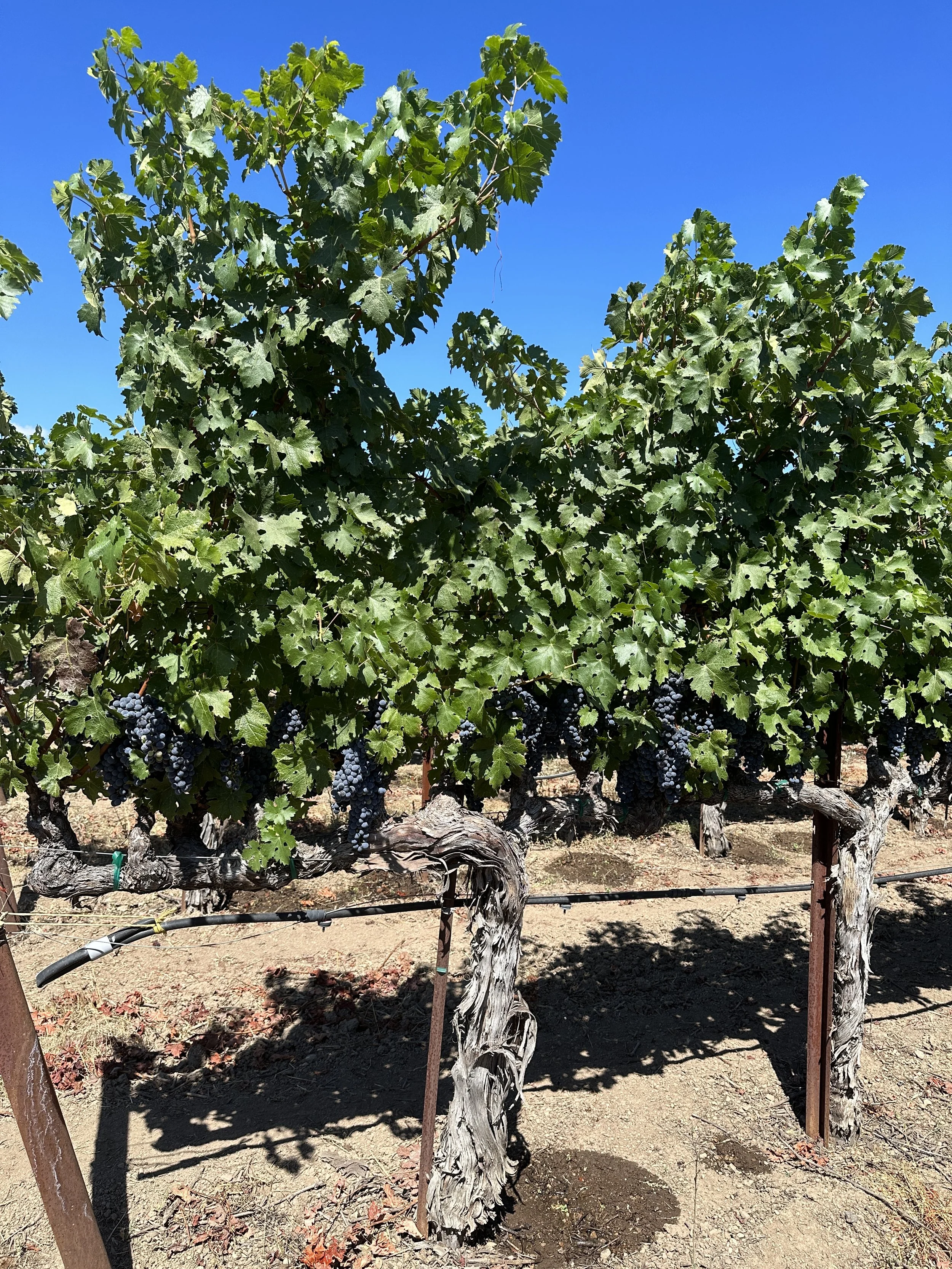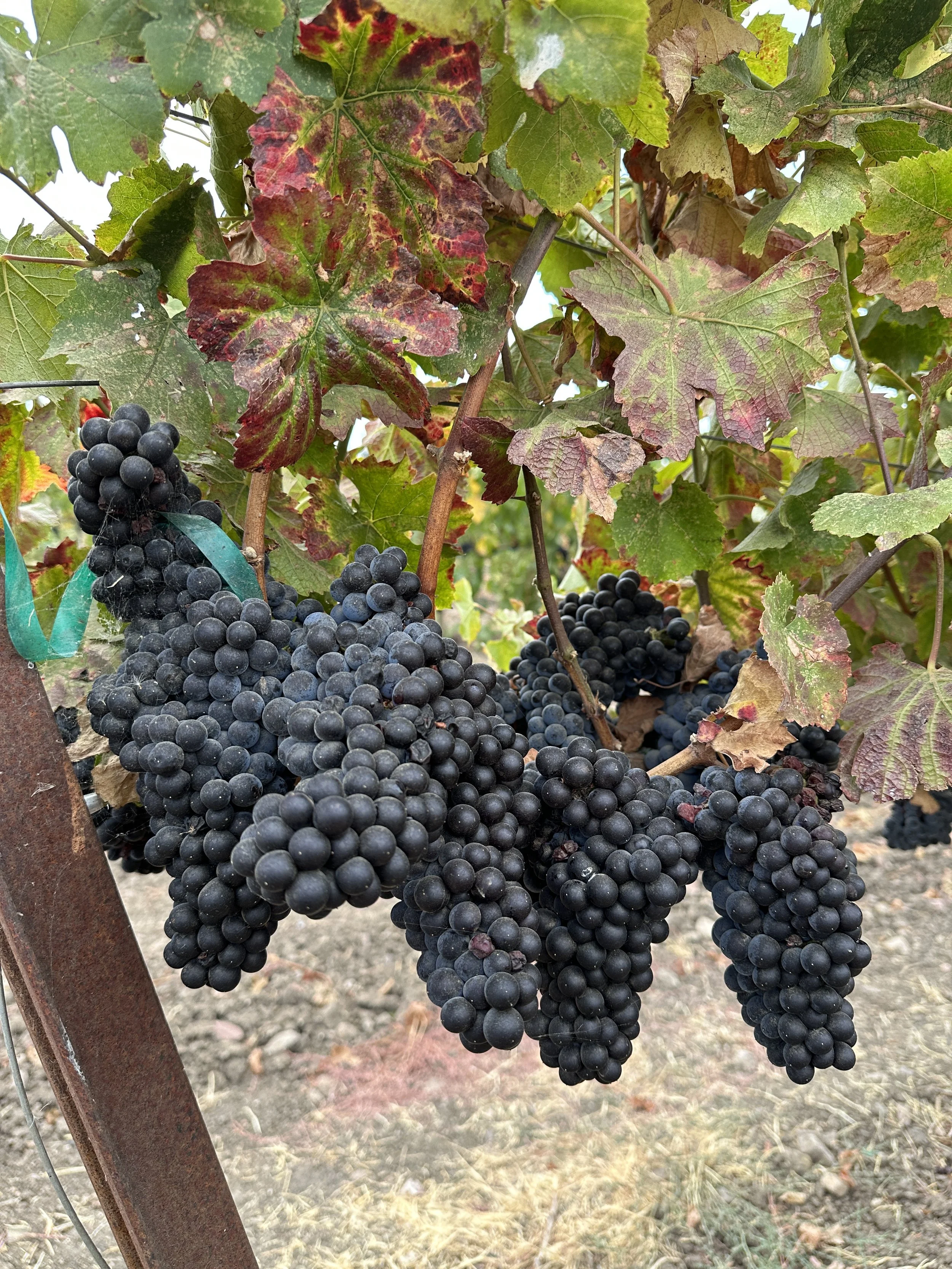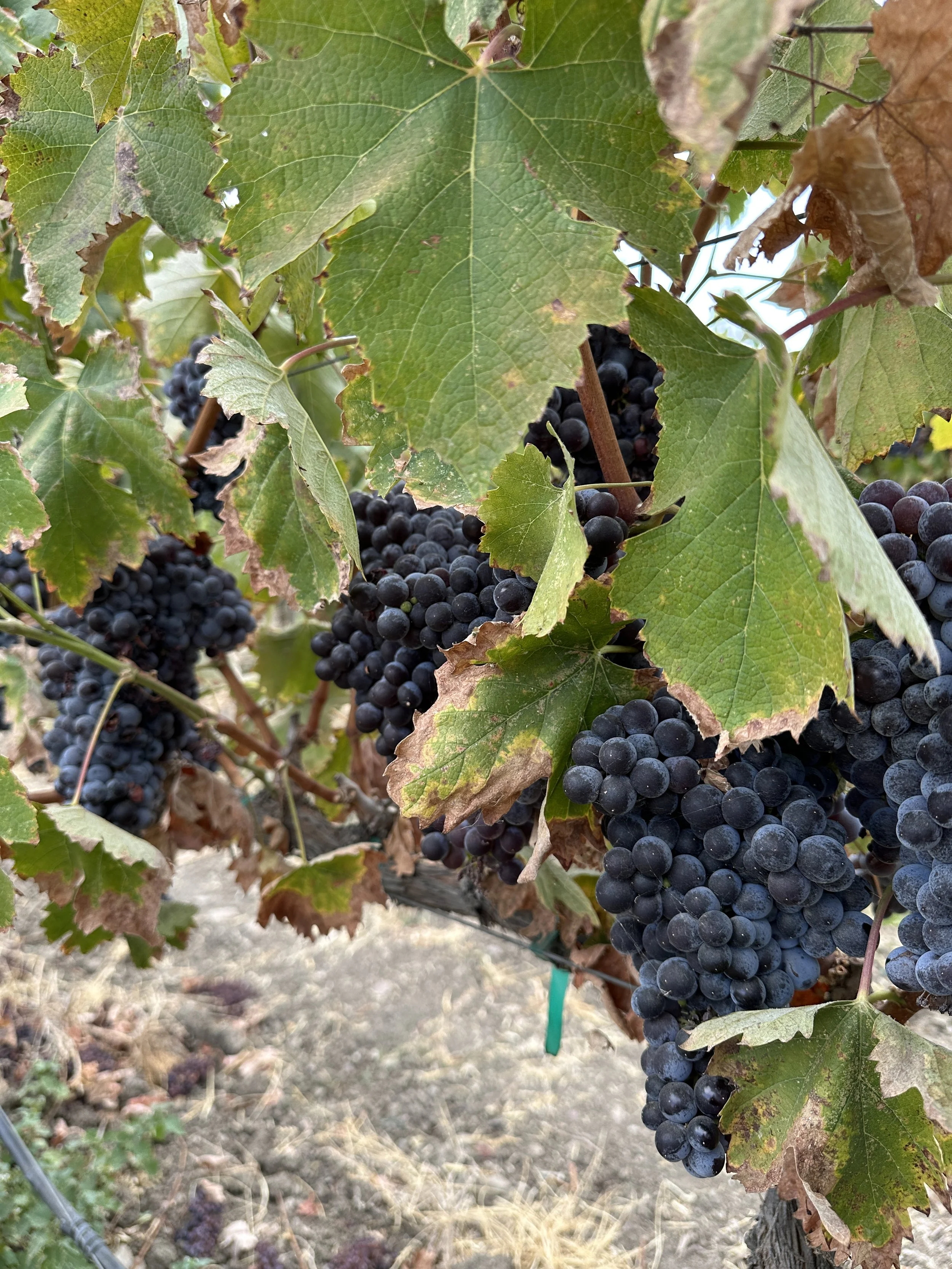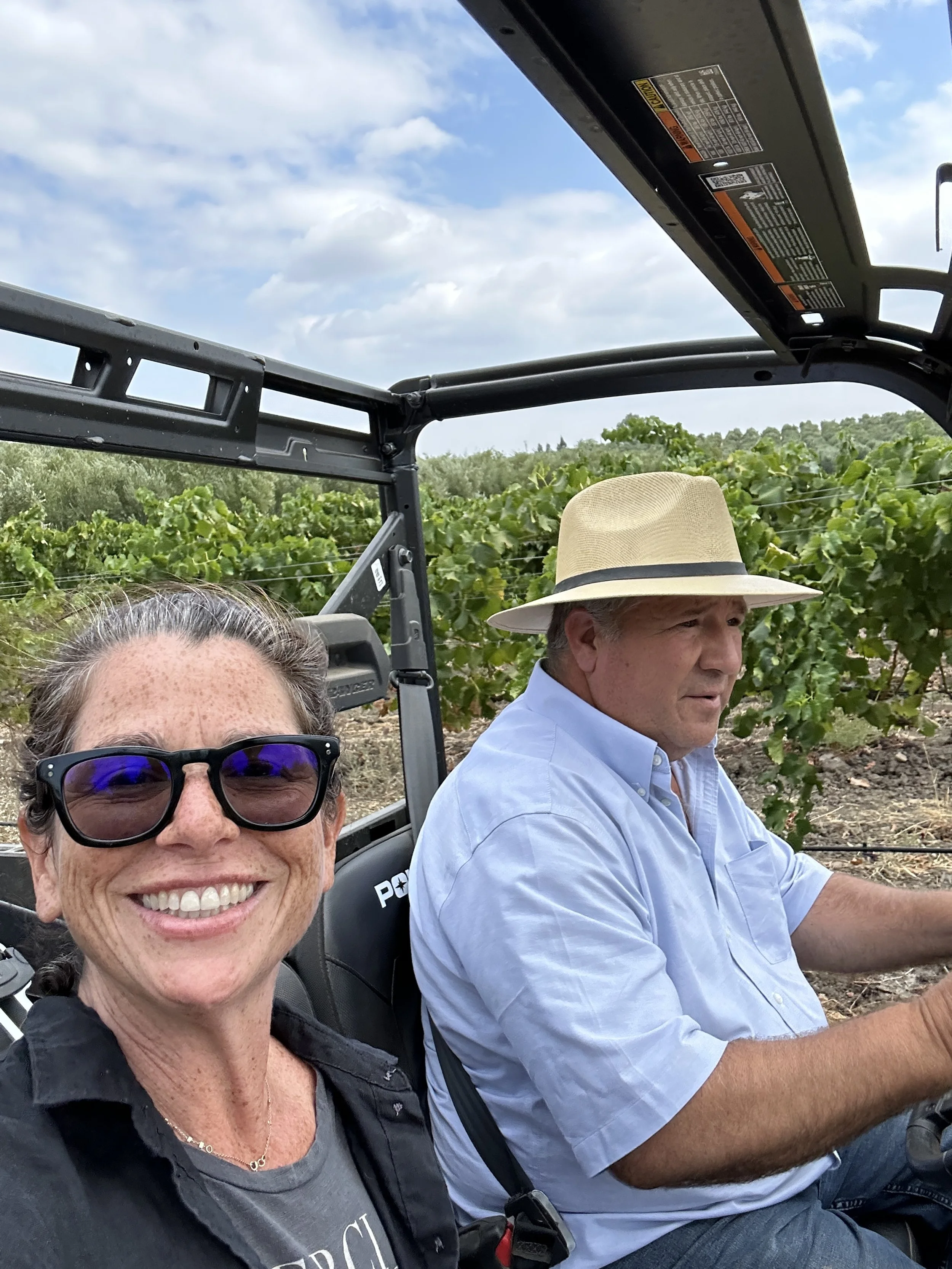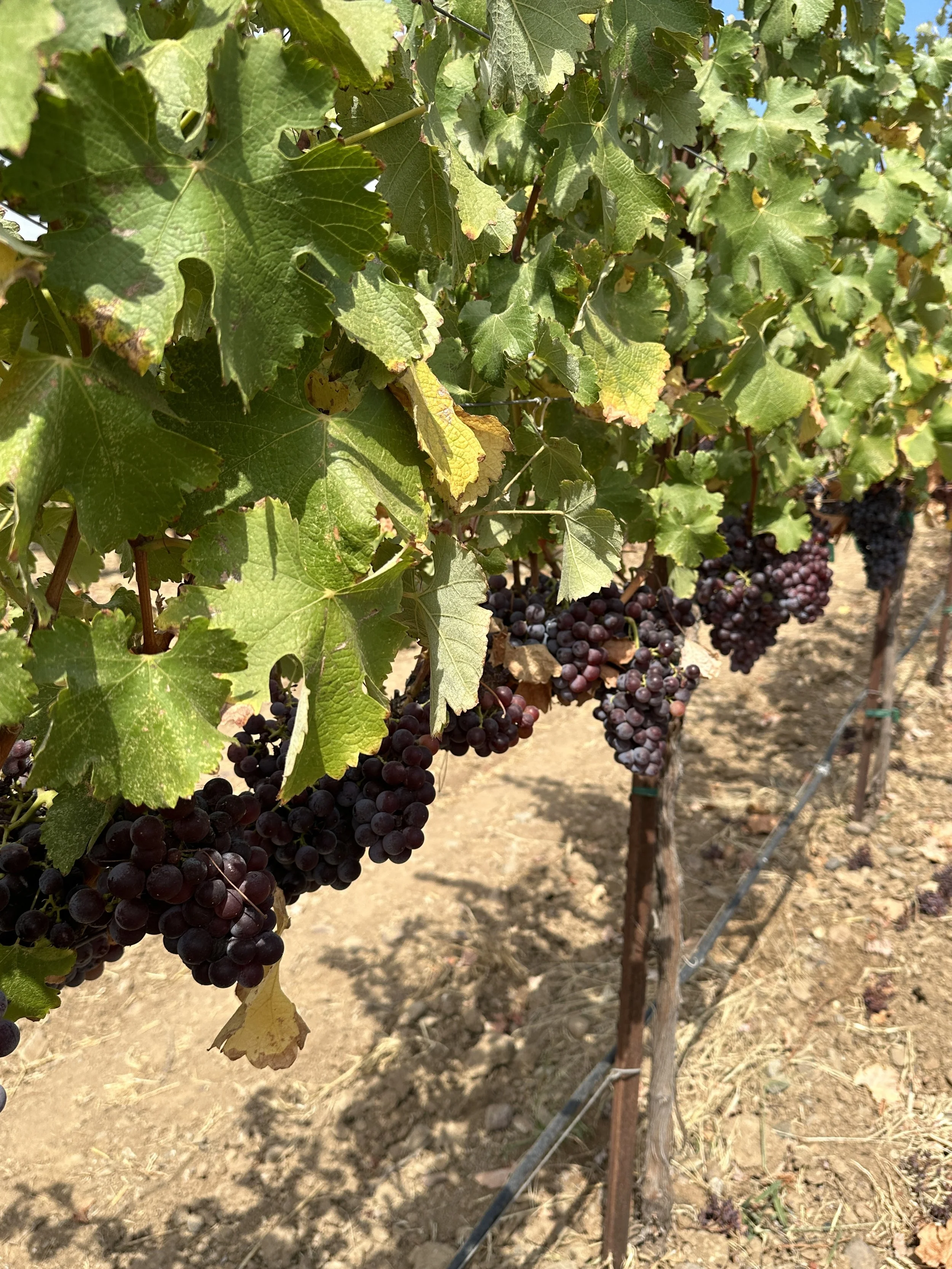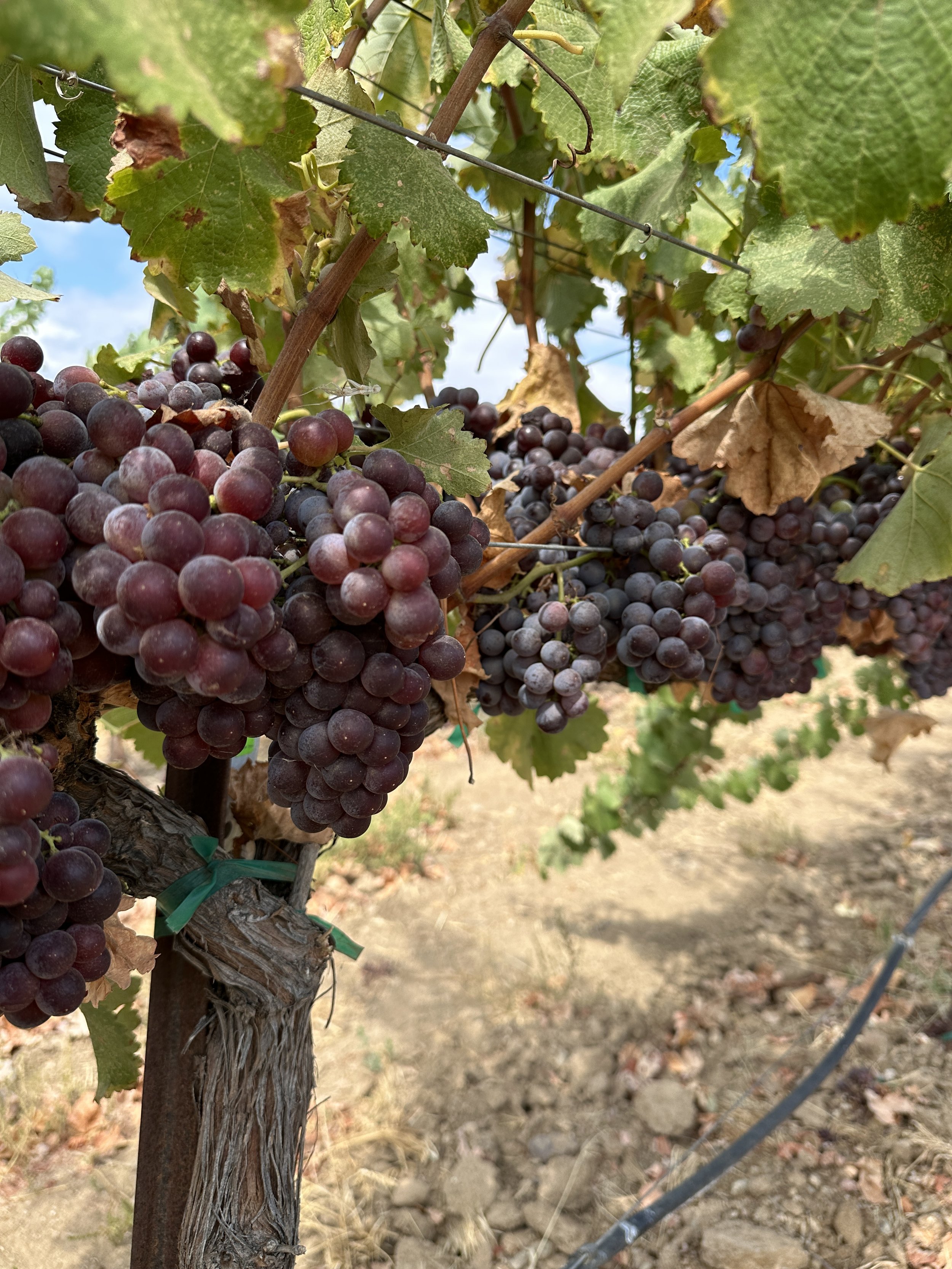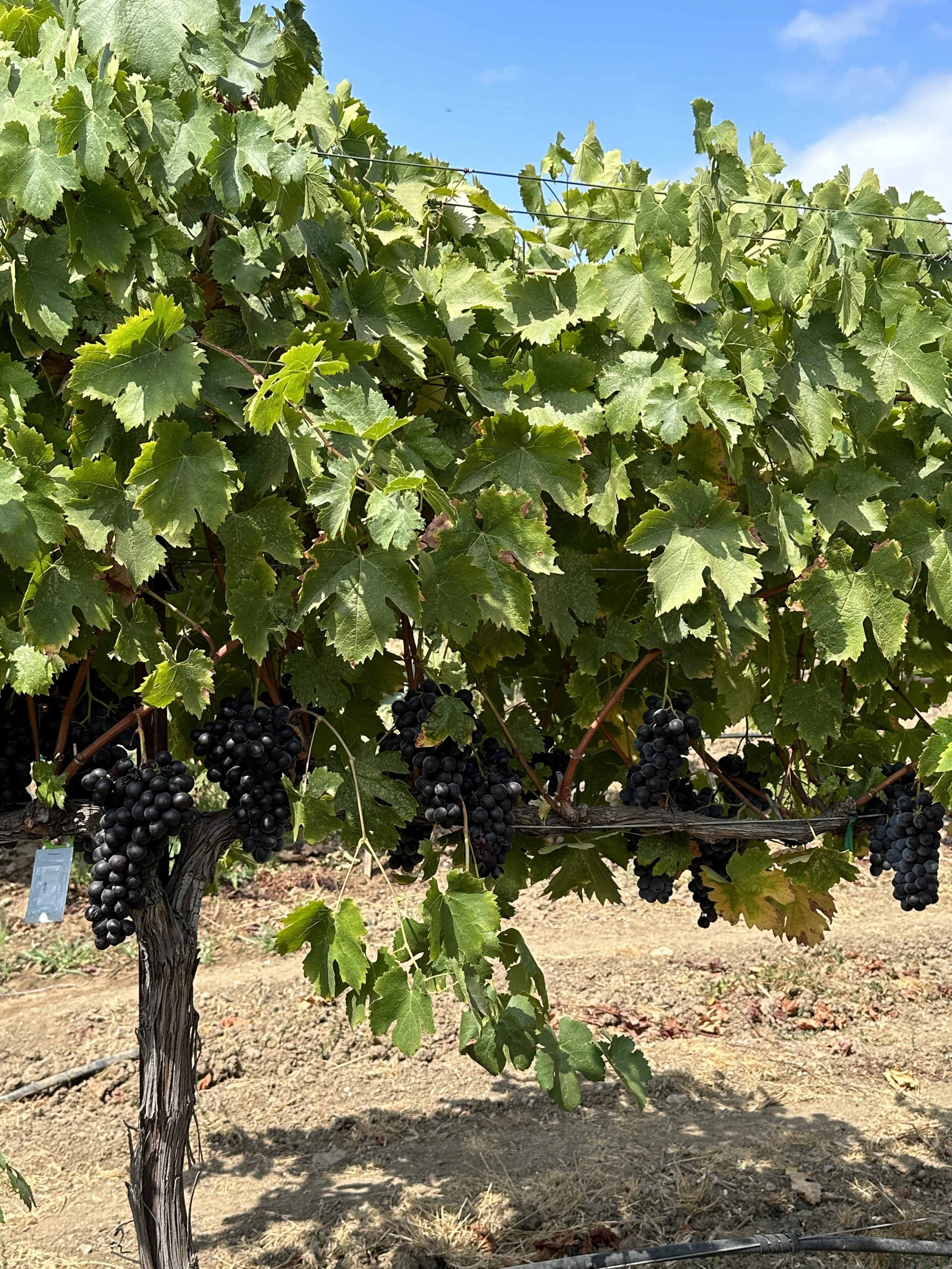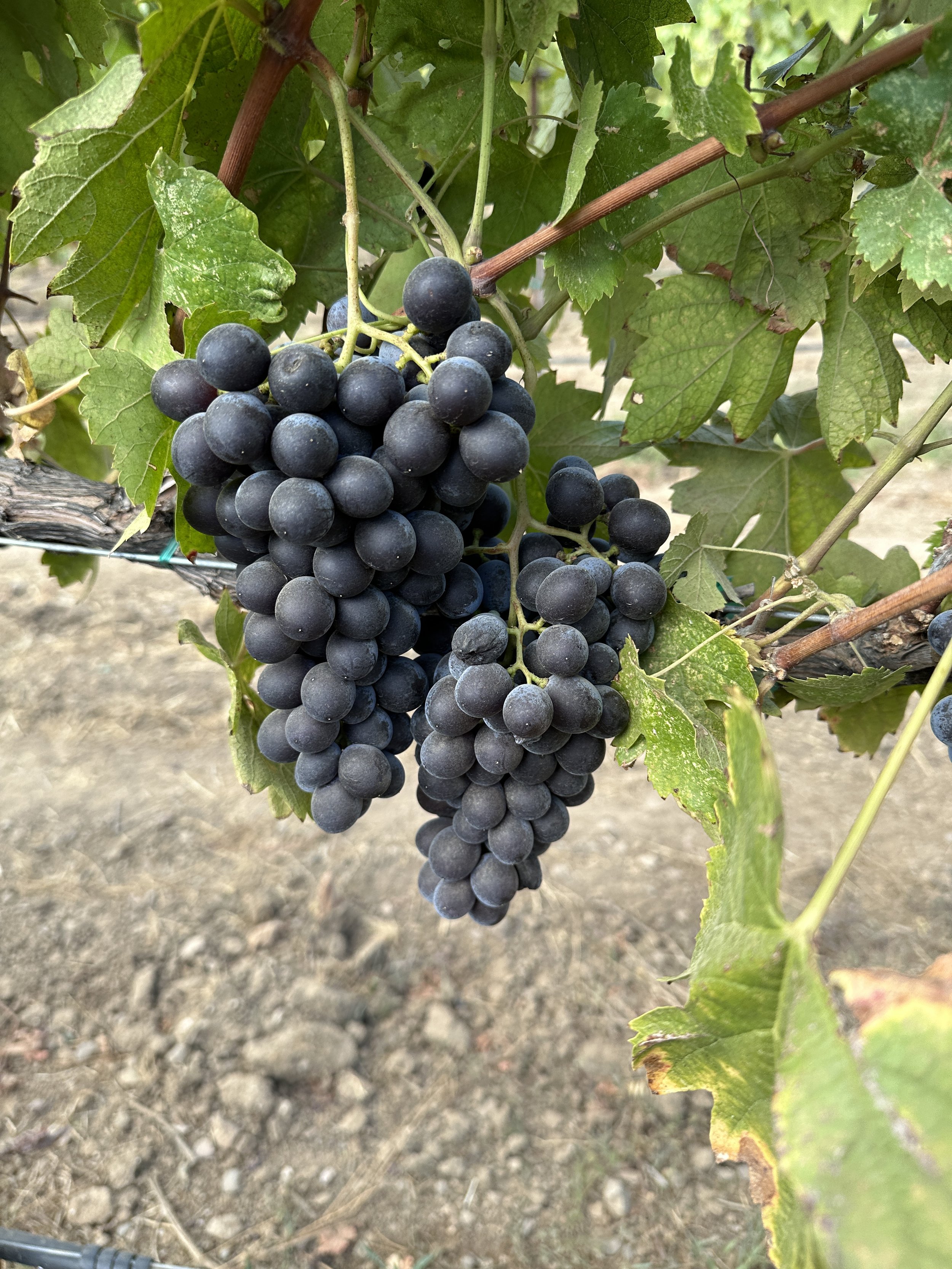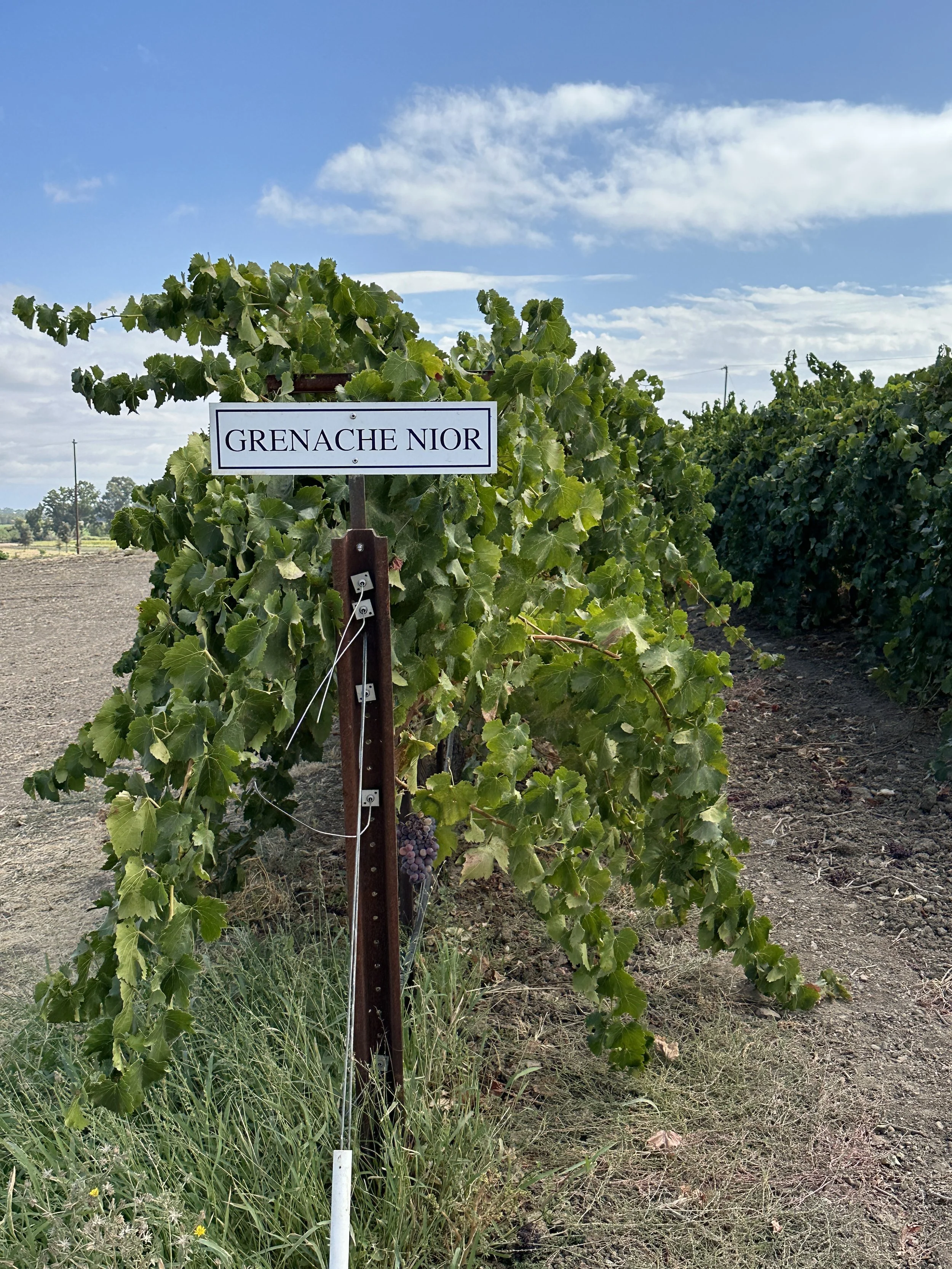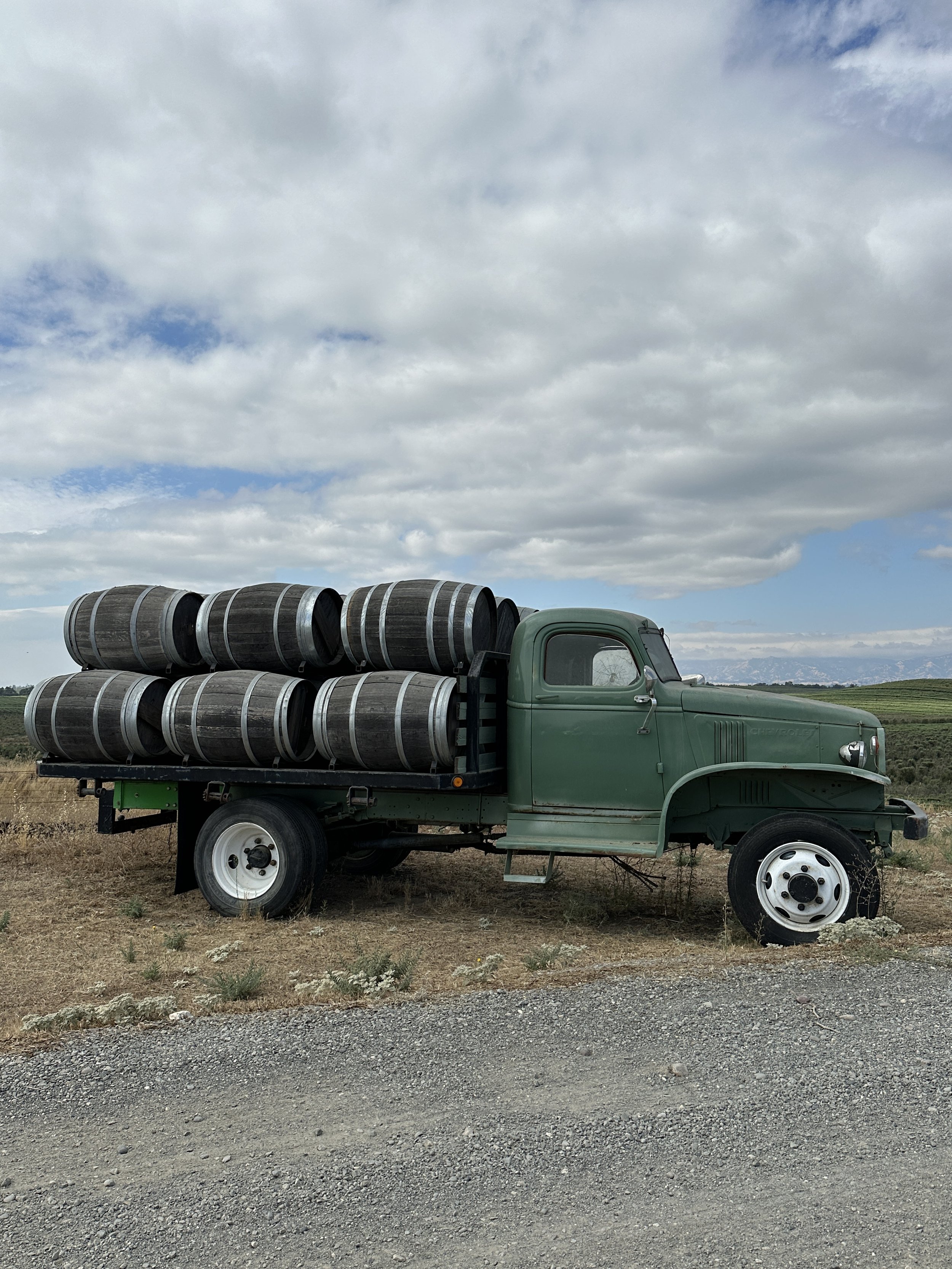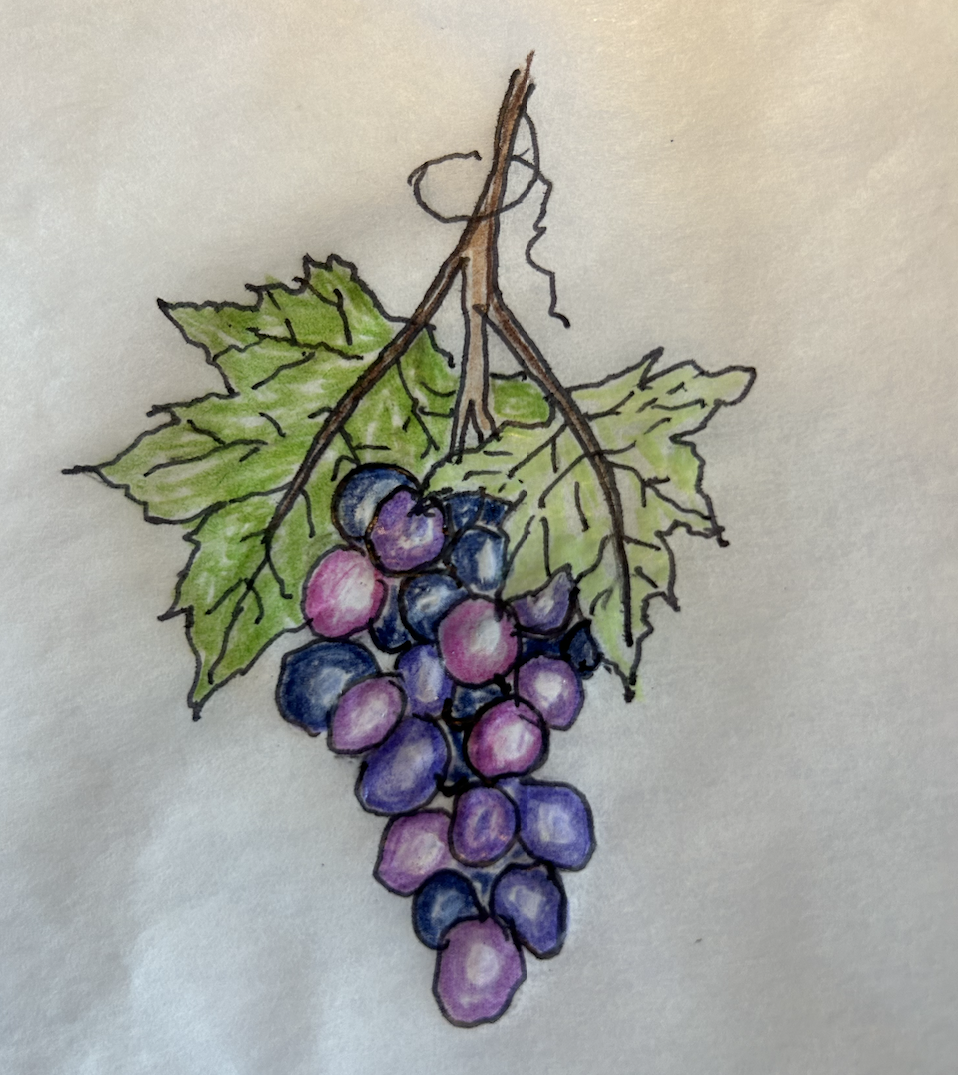As we enjoy the remaining days of summer, our culinary shifts are subtle. Tomatoes and corn are still readily available, thankfully, we are still enjoying fresh salads and grilled meats and fishes, the beaches are still calling, the days may be getting a bit shorter, but I haven’t taken out my boots, just yet.
So, we strike a balance with our wine choices, gesturing toward autumn while still hanging on to summer. Call me Goldilocks, but this is just right.
The wines this month will delight your palate with just a touch more intensity without overburdening. That is a fine line, but there are a lot of wines that achieve this balance. I always seek balance in body, acid, structure and flavor, so that is not new, but with each month, I think about the foods we are enjoying and try to find wines that balance with those flavors and the intensity of the food. I am still in a lighter food mode, so the wines will reflect that. Fear not, the cooler months will follow, perhaps before we even desire the change, and bigger wines will find their place here on the list and on your table again. For now, enjoy this moment when the leaves are just starting to turn brown, a few have fallen on the ground, but the breeze that scrapes them along the sidewalk is still warm.
As you read these and sip these, I am harvesting in California, so follow me and my journey @tipsyrosewines.
eat, drink, and think,
Maria
2021 Sylvain Miniot, Saint Pourcain, Rosé is just one of a number of fantastic wines that are brought in by Mary Taylor, a very impressive your wine importer who began her project with a simple idea, giving opportunity to very small producers making delicious value wines. The wines in her portfolio celebrate place, remaining true to the traditions of the regions they come from, and appreciate the simplicity of wine production. This rosé comes from the Loire Valley in the small appellation of Saint-Pourcain, nestled in the Auvergne, one of France’s oldest wine regions. Sylvain Miniot brings this 100% Gamay rosé into balance with just the right amount of aromatic stone fruit, melon and fresh berries and lively acidity. I encourage you to enjoy this one with prosciutto wrapped melon!
NV Sofia Brescia Bianco Frizzante from the Veneto region, in the foothills of the Italian Alps. It is a blend of Glera and Garganega, made in a traditional method of frizzante production which gives lower pressure bubbles and nice soft bubble on the palate. I love the freshness of this wine and thought it would be fun to have a little bubbly in this month's wine selection. Enjoy this as an aperitif while you are cooking along with some chunked parmesan and Spanish tortes with a touch of sugar.
2021 Saint Preignan Cabernet Sauvignon will thrill both those seeking greater intensity in the wine and those who love Cab but often find it too big. This wine strikes a fine balance, which reflects the care this 5th generation wine maker takes tending the vineyard and producing wines of character and great value. Flavors if black and blue brambly fruit with earth and leather, but also freshness and mint with good acidity. It is wonderful with red meats and eggplant on the grill, tear some basil over it and call it a day!
2021 Fratelli Antonio e Raimondo Barbera is the product of three converging families who have been farming and making wines since the late 19th century in the Piedmont, in northern Italy. The grapes are sustainably farmed, hand harvested, and made with minimal intervention, as Paolo believes that good wine is made in the vineyard. The wine is fresh and playful and fruity, it is approachable but not simple. There is depth and character, while it is still a value wine. I would enjoy this with some pasta and fresh summer tomatoes!
2019 Anciano Rioja is 100 % Tempranillo made traditionally and simply. It is a bright ruby red wine with wild berry and cherry with a touch of orange and spice. What strikes me about this wine is how smooth it is for a value wine. The tannins are present but soft and rounded. It is actually a great wine for grilled vegetables because of its freshness and acidity. Go load up on veggies at the market and mix them up on the grill!
2021 Nortico Alvarinho comes from the northwest villages of Moncao and Melgaco, a region of Portugal on the boarder of Spain where the hills protect the vines from the Atlantic winds. The maritime conditions are ideal for wine production, and the family cultivates two tiny plots for this wine. It has a surprising richness on the palate and a wonderful salinity on the finish. It is fresh and complex—lemon, peach, grapefruit, blood orange, and pear with verbena, summer corn, and fresh cream. It wants a little fat, so I suggest making some fish tacos!
2021 La Raia Barbera is the second Barbera in my selections for September because it is the ideal read for this time of year. Berries, cherries, rose petals, a chalky minerality and dusty thyme all come together with a warmth and freshness and a savory finish. For this one, I suggest slow cooked meats, for a more subtle flavor, maybe a pork shoulder if you have time for it and the crowd to eat it!
2022 Valeriole Charmentin Bouches du Rhone Blanc is an alluring blend of Chardonnay and Rolle (the local name for Vermentino), pale to the eye, with greensih light and even a sparkle. The aromatics are fantastic—fresh white flowers, citrus and lemon zest, peach and apple with a bit of salty ocean air. The intensity and acidity will encourage you to eat something flavorful and even rich with this one, perhaps pan seared scallops with some of our lingering fresh corn.
2022 Faillenc Saint Marie Glacieres Rosé is a dark rosé, but do not let that fool you into thinking it is sweet. This one is bone dry both in its flavor and texture. It has loads of berry notes on the front, but is followed by dry, crisp, and even grippy expressions of tannins and aromatics that finish in a savory, herbal quality that will balance the plums on the front. You will want some fat with this wine. When I sip it, I want grilled cheese! It would be great with egg dishes, and would be spectacular with lobster.
2021 Texier Chat Fou. I love this wine. I could stop right there and let you have a sip, confident that you will know why once you sip it. That would be a little unprofessional, so I will say a few more words. It is 50% Grenache, 30% Cinsault, and 20% white grapes, all of the Rhone region, sourced from St Julien. Chat Fou, while literally translates “Crazy Cat,” is in honor of Texier’s cat, who he describes as completely crazy! Eric Textier became a wine maker after his first career as an engineer in nuclear science industry. He is a researcher at heart, and he takes that skill to his wine. He is always experimenting, taking chances, and his results has been excellent for now over thirty years. This wine has all the flavor of southern Rhone reds, even the intensity of Chateauneuf du Pape, but he keeps it light and fresh with his technique and adding those white grapes. It is a wine that puts a smile on my face every time. Enjoy the ripe berry and cherry flavors, the hint of leather, herbs, and earth along with a simple roasted chicken and a big green salad and yes, some delicious crusty bread and butter.
2021 Terres Dorees Cote de Brouilly comes to us from the Beaujolais from Jean Paul Brun, who is arguably one of the most capable vignerons handling Gamay to my knowledge. I started like most, resistant to the grape. It is a wine that I had to work to understand. It is light, fruity, lower acidity and very light tannins. So, it is a red, yes, but it is unique one. They drink a little like a rosé. Once I began to understand the wine, it quickly became a favorite for me. The fruit profile is an odd combination—pomegranate, cranberry, blackberry and banana. yep, that is right, banana is the one that not everyone responds to with affection, but in combination with the floral and earthy components in the wine, it works perfectly. Dance with Gamay, and there is no better partner than JP Brun. This is a food-flexible wine, enjoy it with a hearty vegetable stew, pan seared salmon, or bbq ribs. It can handle it all!
2022 Texier Chateauneuf du Pape Blanc is Eric Texier’s Clairette/Bourbulenc blend, and it is an alluring, satisfying, exceptional white wine from the Rhone. As I mentioned above, Eric is a trailblazer in the wine world, experimenting and pushing the boundaries of technically accurate and traditional wine making. This white is interesting because he hyper oxidized the must and ferments in the lees with frequent batonage. The result is a full-bodied white wine that is complex and compelling. The wine is rich and savory, with oads of aromatics both on the nose and the palate—stone fruits, quince, orange. The Bourbulenc adds beeswax and olive and fennel. If this is starting to sound like a meal, then you are beginning to understand the complexity of this wine. I would suggest serving at about 55 degrees, and with a rich shellfish dish loaded up with citrus or even Thai spice. It can age well for 10 years—if you can wait!
2019 Failla Willamette Pinot Noir is sourced from four impeccable vineyards in the Nothern Willamette Valey: Eola, Bjornson, Seven Springs, and Amity Hills. These are the vineyard that give birth to rock stars. It is no surprise that Ehren Jordan sourced these grapes. His training in France informed his drive to find cool climate pinots, even here in norther California, but the Willamette is even cooler. Cooler climates produce lighter, aromatic pinot noir with nuanced expressions without abundant ripeness. The wine is fruity by nature, that is Pinot Noir, so sourcing from cooler climates means a greater complexing of flavor. The wine is nuanced and complex. Aromatics of orange zest, rose and violets, pomegranate and cherries with well structured tannins and a touch of mushroom on the finish. I love duck with Pinot, so I would pan sear a duck breast with this one, deglaze to make a simple au poivre.
